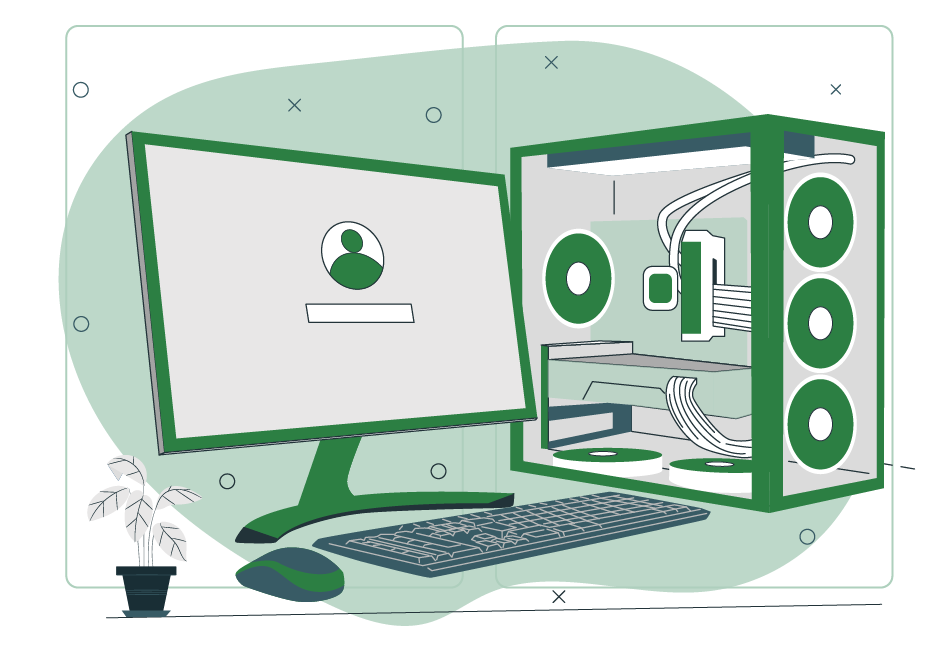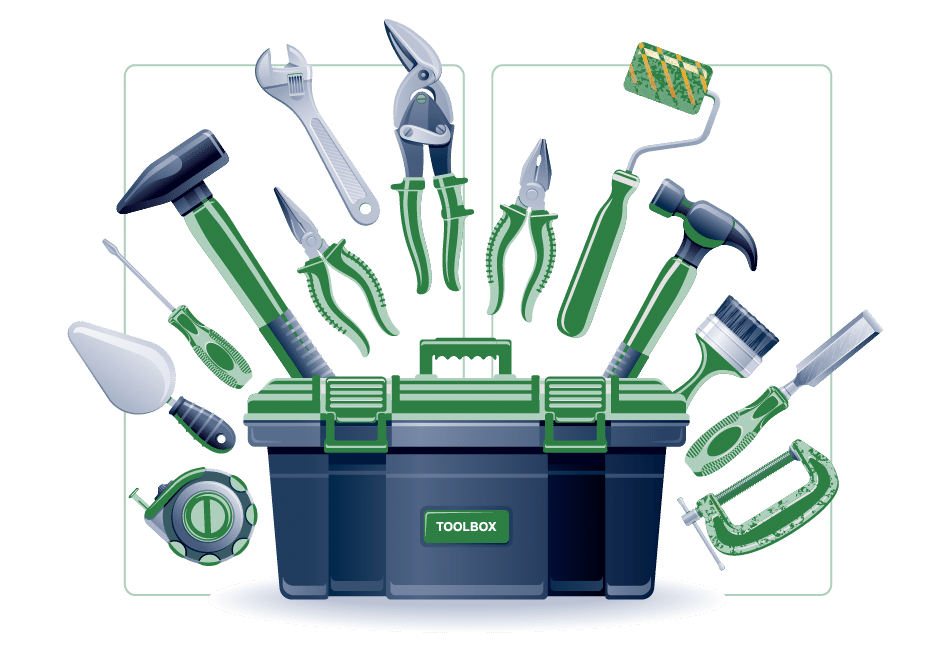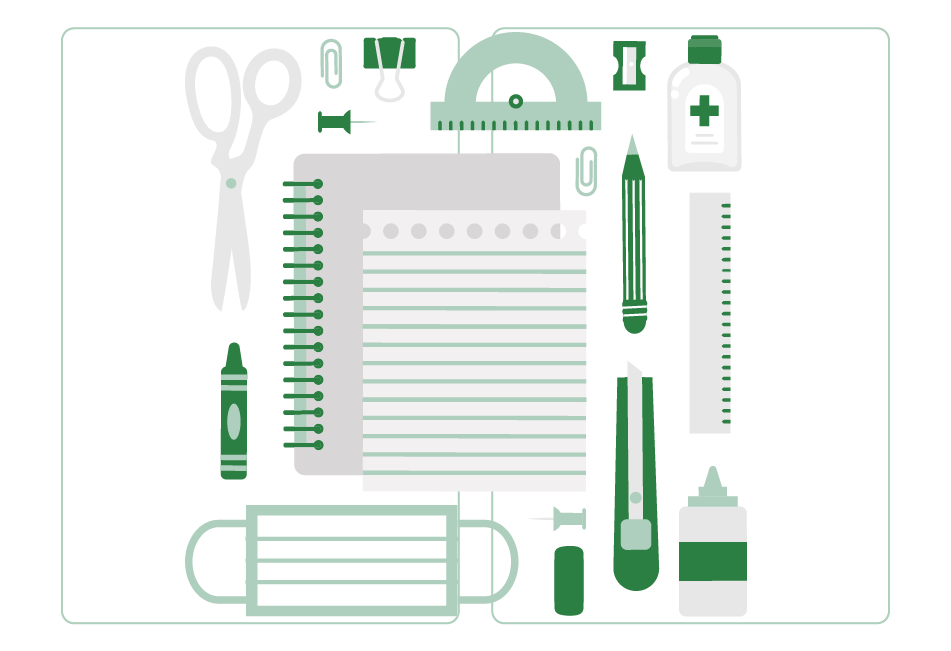H-Office CRM Contact Center User Guide
Understanding Product Types in H-Office: A Comprehensive Guide

In H-Office, different product types cater to various business needs and scenarios. Understanding these product types and their appropriate use cases is crucial for effective inventory and sales management. In this article, we’ll explore the six primary product types available in H-Office: Assembly, Manufactured, Kit Set, Purchase, Dummy Goods, and Service with/without unit.
Assembly Products

Definition:
Assembly products involve combining multiple individual parts or components into a single virtual product. This type of product is used when selling a finished item that consists of several assembled parts.
Key Features:
- When a sales transaction occurs, only the finished product is visible, while the secondary components are listed in the description text of the product.
- The secondary components do not appear as separate line items in the sales order.
Examples:
- Computer Systems: A custom-built computer consisting of a motherboard, CPU, RAM, hard drive, and other components.
- Furniture: A ready-to-assemble furniture set like a bookshelf or dining table.
- Electronics: A complete home theater system assembled from various components like speakers, a receiver, and a DVD player.
When to Use:
Assembly products when you want to sell a complete item that is built from multiple parts or components, but only want the final assembled product to appear on sales orders.
Manufactured Products

Definition:
Manufactured products are finished goods created through a manufacturing process. H-Office tracks the inventory of raw materials and the finished products.
Key Features:
- Inventory management for both raw materials and finished products is provided.
- The bill of materials (BOM) and details of the quantities used (BOQ) in the manufacturing process are not disclosed in the sales transaction.
Examples:
- Automobiles: A car produced from various raw materials and parts.
- Clothing: Garments made from fabric and other materials.
- Industrial Machinery:Machines assembled from different components and raw materials.
When to Use:
Opt for Manufactured products when you need to track inventory but prefer to keep the details of raw materials and their proportions confidential in sales transactions.
Kit Set Products

Definition:
Kit Set products are virtual products that combine multiple items into a single product offering. Unlike Assembly products, Kit Set products display all included items as separate line items in sales transactions.
Key Features:
- Each component of the kit is listed separately in the sales order.
- Provides visibility of individual items within the kit.
Examples:
- Gift Baskets: A collection of items like chocolates, wine, and snacks bundled together.
- DIY Tool Kits: A set of tools and accessories packaged as a single product.
- Educational Kits:Science experiment kits containing various materials and instructions.
When to Use:
Use Kit Set products when you want to offer a bundle of items as a single product and need to display each component separately on sales orders.
Purchase Products

Definition:
Purchase products are items bought for resale without any modification or assembly. These products are sold in their original form as purchased.
Key Features:
- No manufacturing or assembly involved.
- Sold exactly as received from suppliers.
Examples:
- Retail Goods: Items like clothing, electronics, or groceries purchased from a supplier and resold.
- Office Supplies: Products such as stationery, office furniture, or equipment bought for resale.
- Books:Books purchased from publishers and sold in a bookstore.
When to Use:
Choose Purchase products for items that you buy and sell as-is without any further processing or assembly.
Dummy Goods

Definition:
Dummy Goods are non-core products used primarily for inventory management. They do not involve sales or financial transactions but are tracked for internal purposes.
Key Features:
- No sales transactions or financials associated.
- Used for internal inventory tracking and management.
Examples:
- Promotional Items: Products kept for internal use or giveaways but not sold.
- Office Supplies: Items like printer cartridges or cleaning supplies that are tracked but not sold.
- Test Samples:Products used for testing or evaluation purposes.
When to Use:
Opt for Dummy Goods when you need to manage inventory for items that are not directly sold but still require tracking and control.
Service with/without Unit

Service with Unit
Definition: This type involves selling a service where units or quantities are used for billing, such as hours or visits.
Definition: This type involves selling a service where units or quantities are used for billing, such as hours or visits.
Examples:
Consulting services billed by the hour, maintenance services with a fixed number of visits.

Service without Unit
Definition:
This type involves selling an intangible service without specific units or quantities.
Examples:
Software support contracts, subscription-based services where billing is not based on quantifiable units.
When to Use:
Use Service with Unit when you need to track and bill services based on measurable units. Choose Service without Unit for intangible services where billing does not depend on specific quantities.
Conclusion
Selecting the right product type in H-Office is essential for efficient inventory and sales management. By understanding the distinctions and appropriate use cases for Assembly, Manufactured, Kit Set, Purchase, Dummy Goods, and Service products, you can optimize your operations and ensure accurate tracking and reporting. Each product type serves a specific purpose and caters to different business needs, so choose wisely based on your operational requirements.



